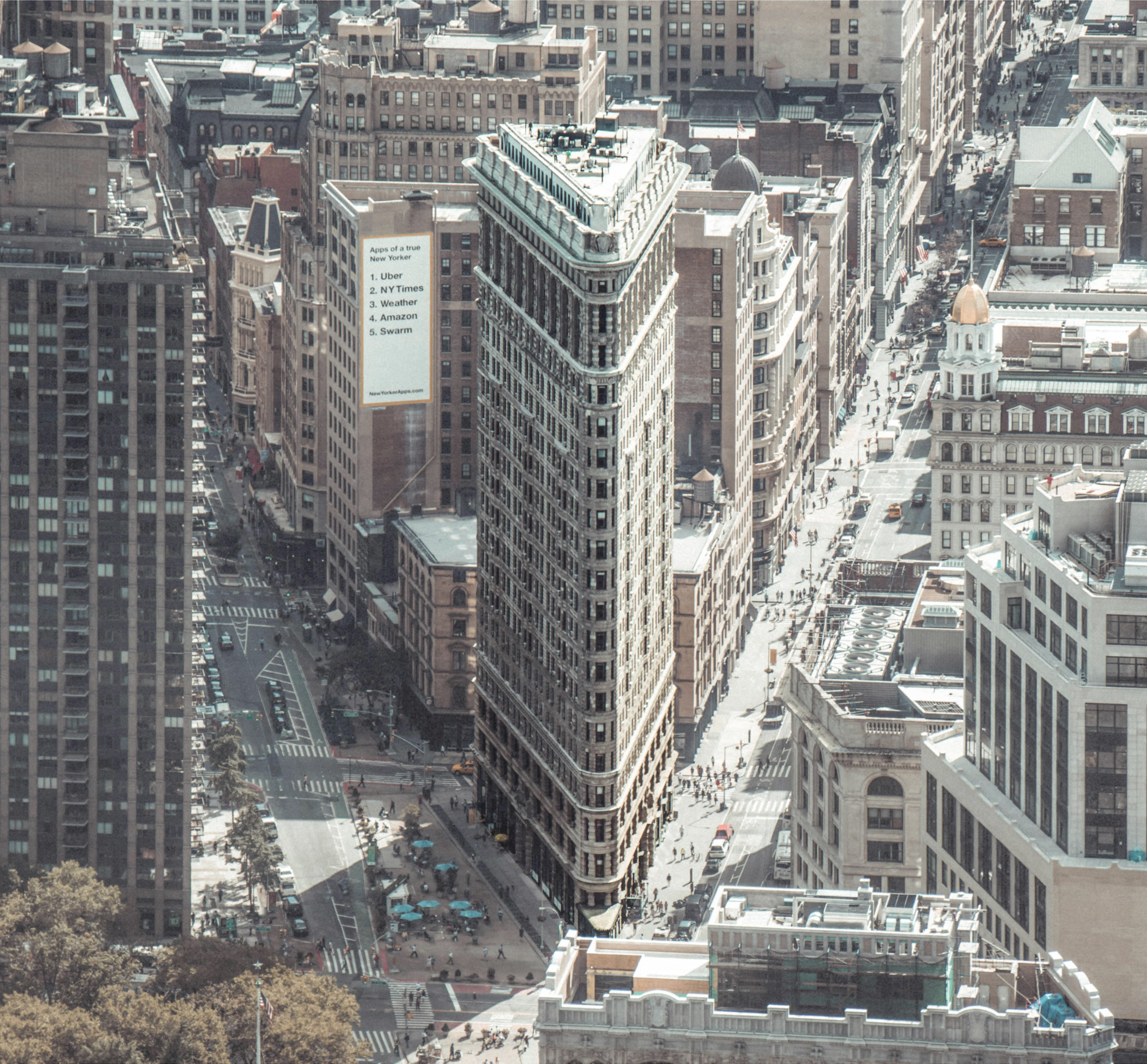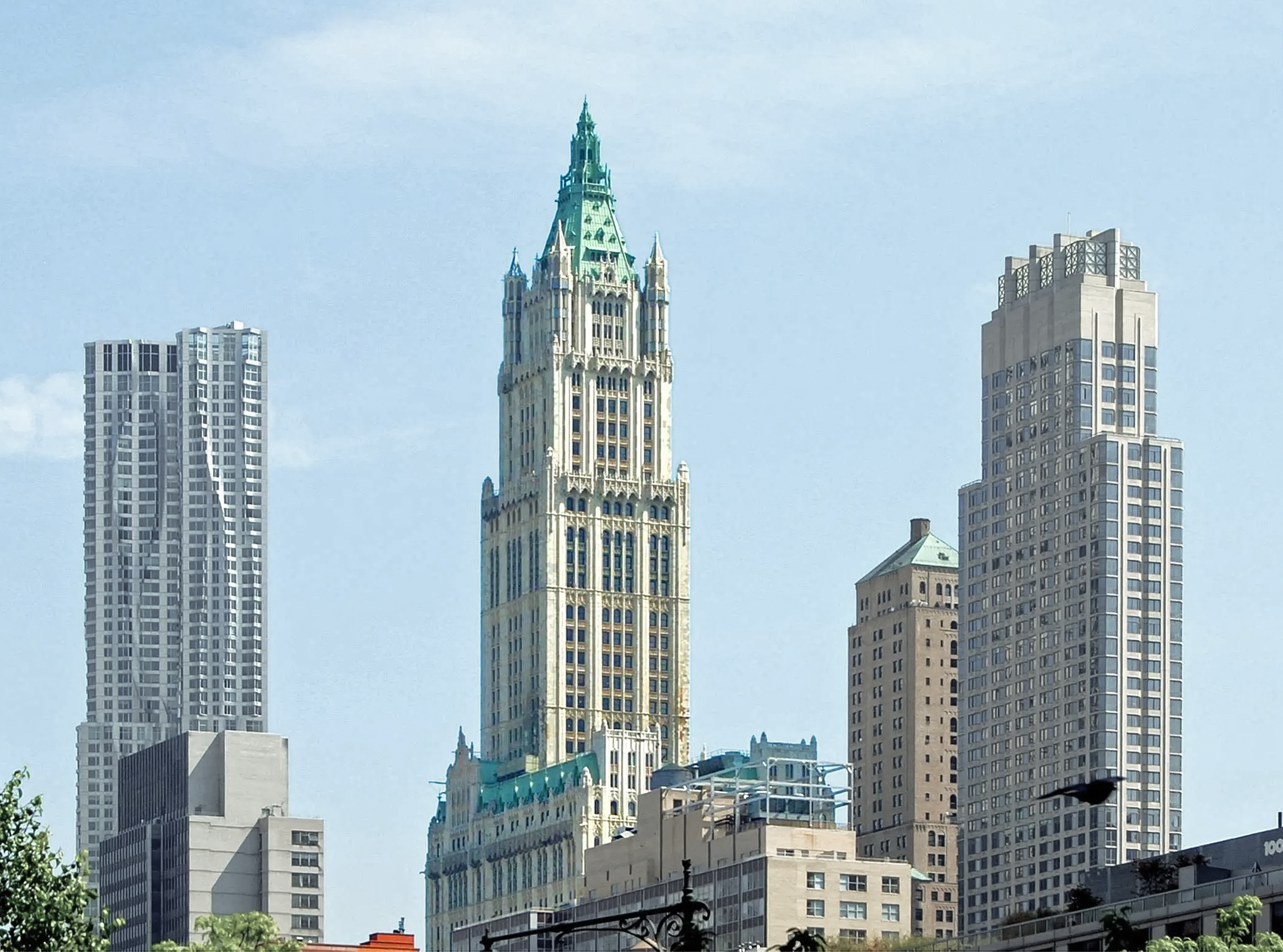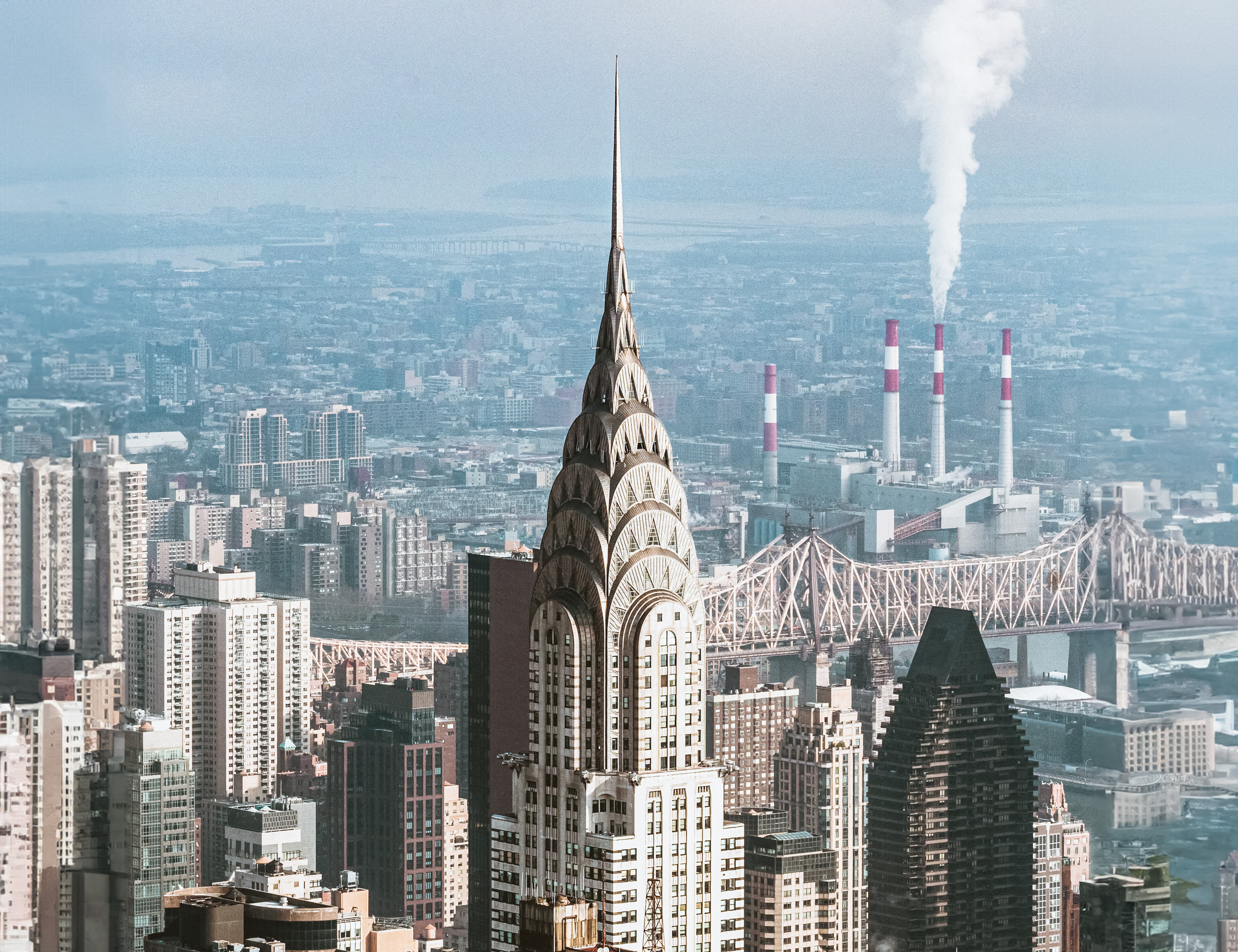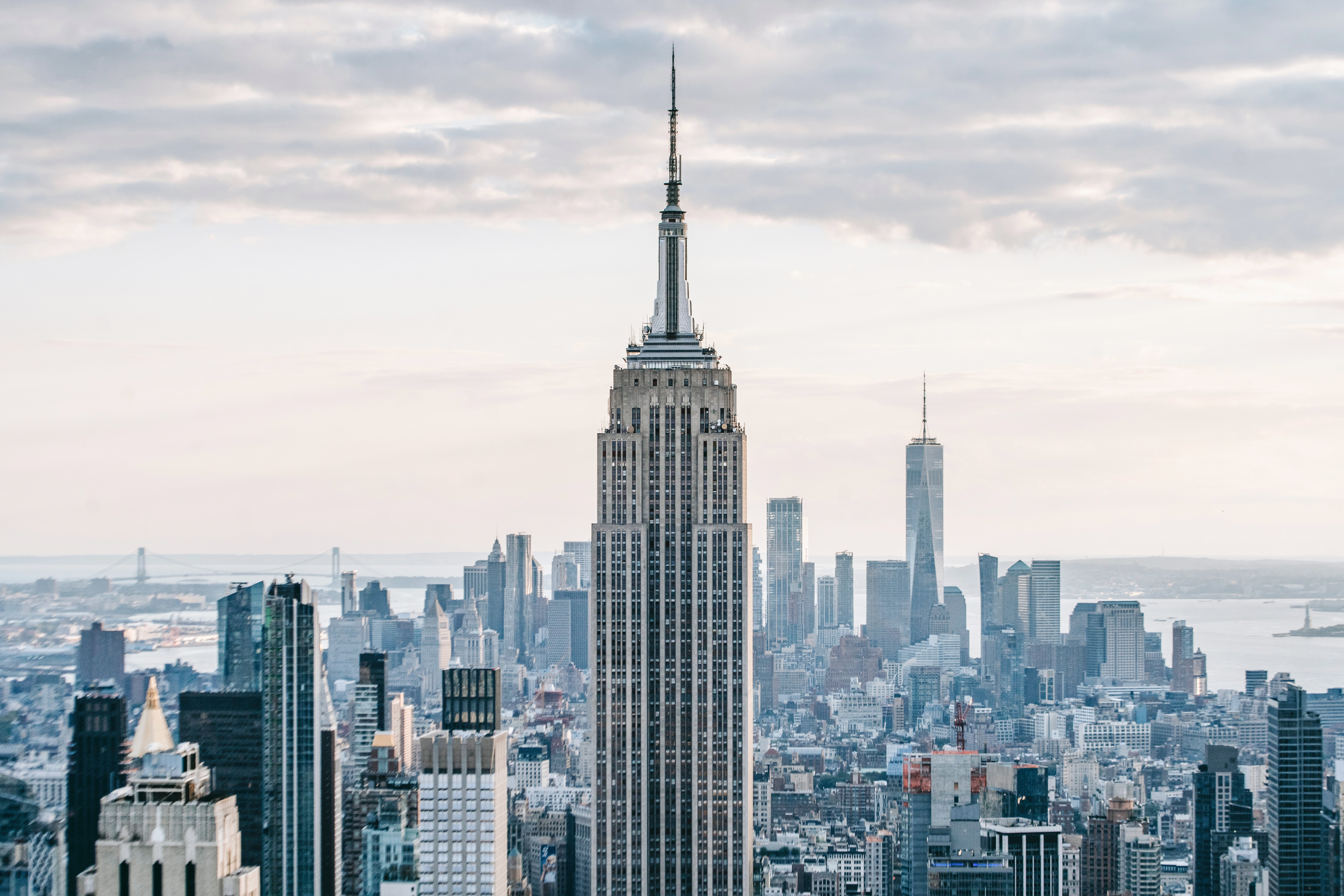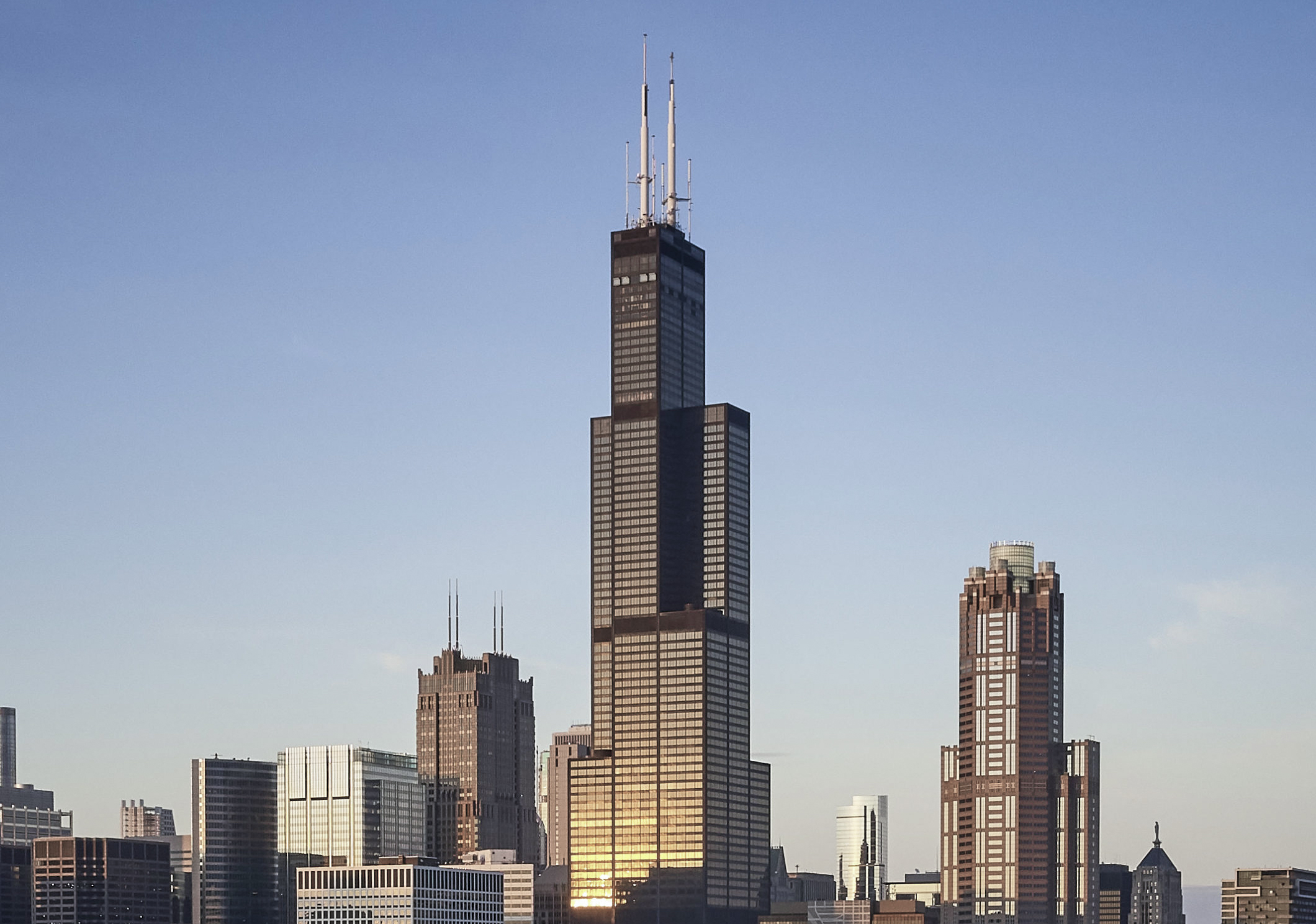How the elevator transformed the silhouette of our cities
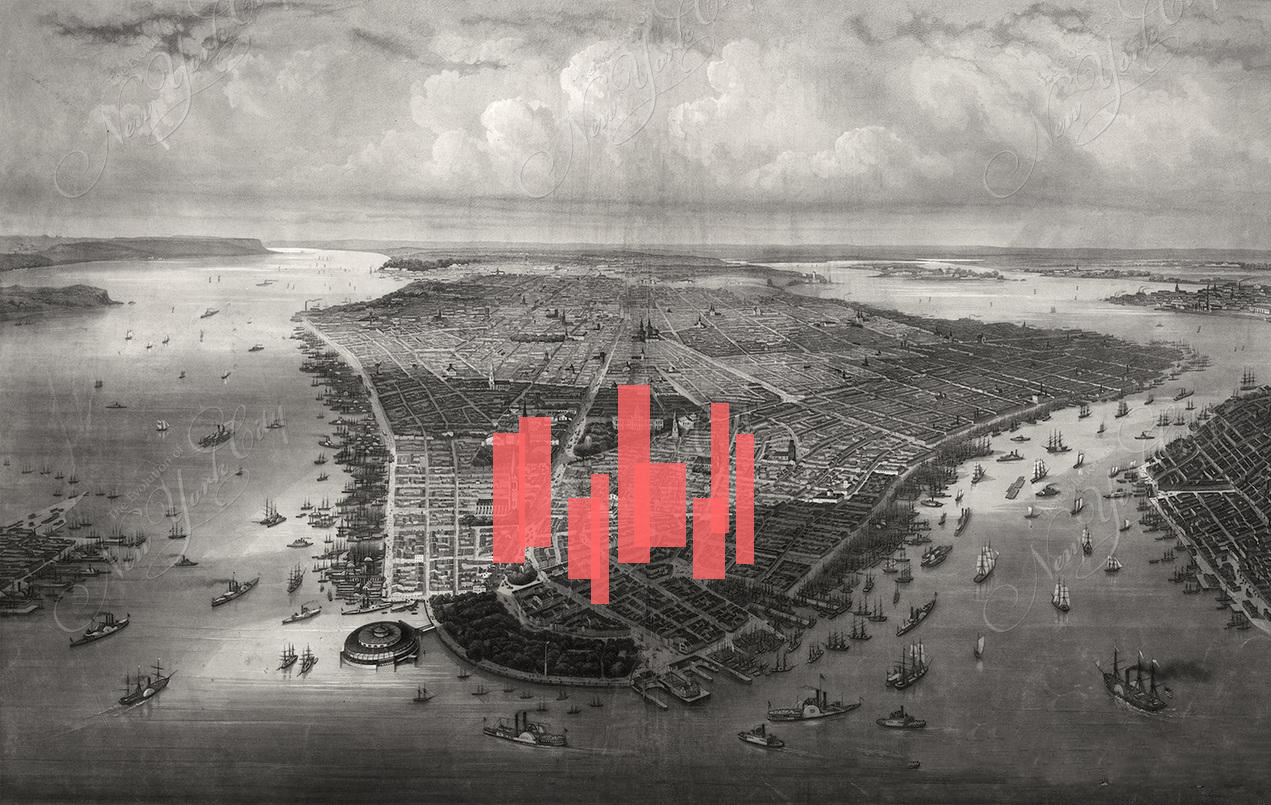
There is something ineffably human about looking skyward and dreaming of more. For millennia, our species has obsessed over pushing boundaries, not just horizontally, but vertically. We built ziggurats, pyramids, and cathedrals—monuments to ambition as much as to gods. Yet, it wasn't until the 19th century, on the cusp of modernity, that America, of all places, seized this impulse and transformed it into an architectural revolution. And at the heart of this revolution was a humbler, almost pedestrian invention: the elevator.
Before the elevator, the rich didn't want to climb stairs, so attics were left to the poor
Before elevators reshaped our lives, height was tyranny. In pre-industrial cities, the rich occupied the first floors of buildings, leaving cramped attics to the poor. The absence of vertical mobility placed a hard ceiling on the imagination of architects. American cities, too, remained relatively horizontal. Manhattan in the early 19th century was a city of modest five-story rowhouses and low-slung warehouses punctuated by the occasional church spire. Builders didn't lack technical prowess—the Gothic vaults of Europe and the towering domes of St. Peter's Basilica were evidence enough of what humans could engineer. But no one wanted to climb the stairs.
And so cities sprawled.
Otis and the Vertical Frontier
The shift came in 1852, when Elisha Graves Otis invented the safety elevator. It was an elegant solution to a primal fear: falling. His system featured a mechanism that would catch and hold the platform if its ropes failed. At the 1854 New York World's Fair, Otis took to the stage for a dramatic demonstration: standing on a platform suspended high above the crowd, he ordered an assistant to cut the hoisting rope. The platform dropped only inches before the safety mechanism engaged. “All safe, gentlemen,” Otis declared, as the audience erupted in applause.
In NYC World's Fair in 1857, Elisha Otis introduced the safety elevator, a small change that would revolutionize the city as it was known until then
The practical implications of Otis's invention were almost immediate. In 1857, the E.V. Haughwout Building in Manhattan became the first structure to install a passenger elevator. The building itself, a five-story cast-iron beauty, could hardly be called a skyscraper by today's standards. Yet it foreshadowed the skyscraper's potential: the elevator made every floor equally accessible, liberating architects to imagine buildings of unprecedented height.
Although groundbreaking, Otis's elevator was far from what we recognize today. It was not electric but rather powered by steam or hydraulics, relying on cumbersome machinery that would soon be refined and replaced.
Chicago Takes the Lead
The great Chicago fire of 1871 had devastated the city, but in its ashes lay an opportunity
Though New York embraced the elevator early, it was Chicago that became the proving ground for vertical innovation. The Home Insurance Building, completed in 1885, is widely regarded as the world's first skyscraper. Designed by William Le Baron Jenney, it soared to ten stories and 138 feet—a modest height by today's standards but revolutionary in its time. It combined a structural steel frame with the elevator, allowing it to rise taller and lighter than any building before it.
The great Chicago fire of 1871 had devastated the city, but in its ashes lay an opportunity. Architects flocked to the burgeoning metropolis, eager to test new technologies. The electric elevator, patented in 1880 by Werner von Siemens, soon replaced steam and hydraulic systems, making elevators faster and more efficient. By the turn of the 20th century, Chicago's skyline had begun to bristle with vertical ambition, rivaled only by New York.
New York's Race to the Clouds
In New York, the skyline grew with feverish intensity. The Flatiron Building, completed in 1902, was among the first of a new breed: slender, elegant, and unapologetically vertical. At 22 stories and 285 feet, it became an icon of the city's changing architectural identity.
Then came the Woolworth Building in 1913, dubbed the “Cathedral of Commerce.” At 792 feet and 57 stories, it held the title of the tallest building in the world for 17 years. Its neo-Gothic details belied the ultra-modern machinery within: a fleet of high-speed elevators capable of whisking visitors to the top in under a minute.
By the 1930s, the race to the clouds had reached a crescendo. The Chrysler Building briefly held the crown of the tallest structure at 1,046 feet, only to be overtaken by the Empire State Building in 1931. Rising to a staggering 1,250 feet—or 1,454 if you include its antenna—the Empire State Building was a testament to human ingenuity and audacity. Its elevators, engineered by Otis, traveled at speeds of up to 1,200 feet per minute, making a 102-story ascent possible in less than a minute.
For those who had grown up in the horse-and-cart Manhattan of the mid-19th century, the transformation must have seemed like science fiction. In the span of a single lifetime, the city had gone from five-story walk-ups to skyscrapers raising as high as the eye could see.
The Elevator's Enduring Impact
The elevator didn't just make skyscrapers possible; it transformed urban life. By the mid-20th century, buildings like the Seagram Building and Lever House epitomized a new aesthetic—sleek, modern, and glass-clad. These towers owed their existence not only to the elevator but also to air conditioning and advances in steel construction. Still, the elevator remained the linchpin, its technological evolution pacing our architectural ambitions.
Even today, the elevator continues to evolve. Systems like the one in New York's One World Trade Center use regenerative braking, harnessing energy during descent to power the building. Ultra-high-speed elevators, such as those in Chicago's Willis Tower or the experimental systems in Asia, are redefining what “fast” means.
America's Vertical Legacy
In modern cities height was not merely an engineering challenge but an existential pursuit
The story of the elevator is, in many ways, the story of America. It is a tale of ingenuity, pragmatism, and relentless ambition. Cities like Chicago and New York became laboratories for a new kind of urbanism, one where height was not merely an engineering challenge but an existential pursuit.
Today, as new technologies like magnetic levitation promise to make elevators even faster and more versatile, the legacy of Otis's simple safety mechanism endures. It reminds us that the most profound revolutions often begin with small, almost invisible innovations. And as long as there is a sky to reach for, we will keep building up.
About the author
Founder of WikiArquitectura.com. Over the past 20 years I've explored and documented architectural marvels around the world. With visits to over 300 significant buildings in 25 countries, I combine first hand experience with in-depth study to share insights into global architectural practices.

